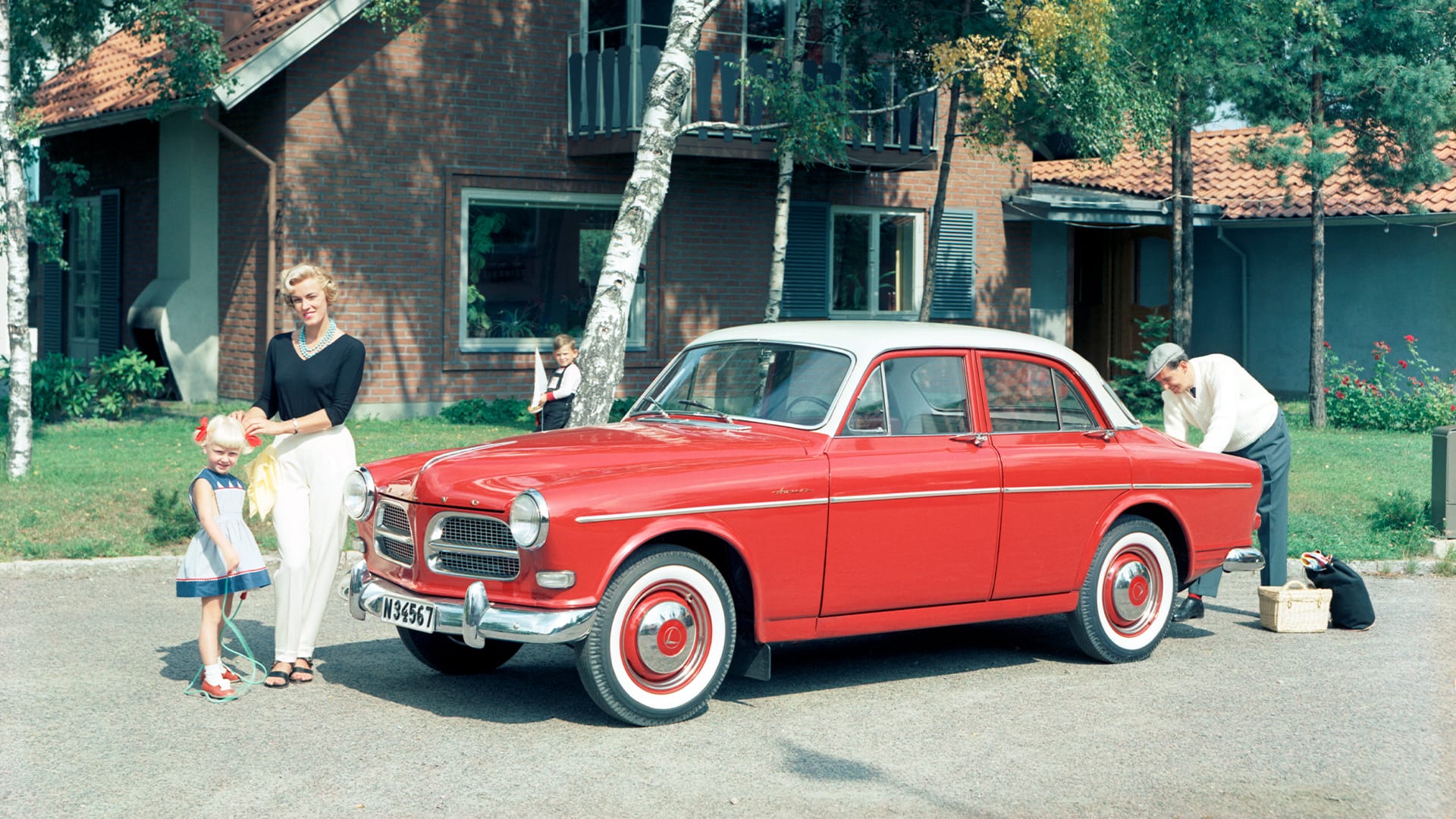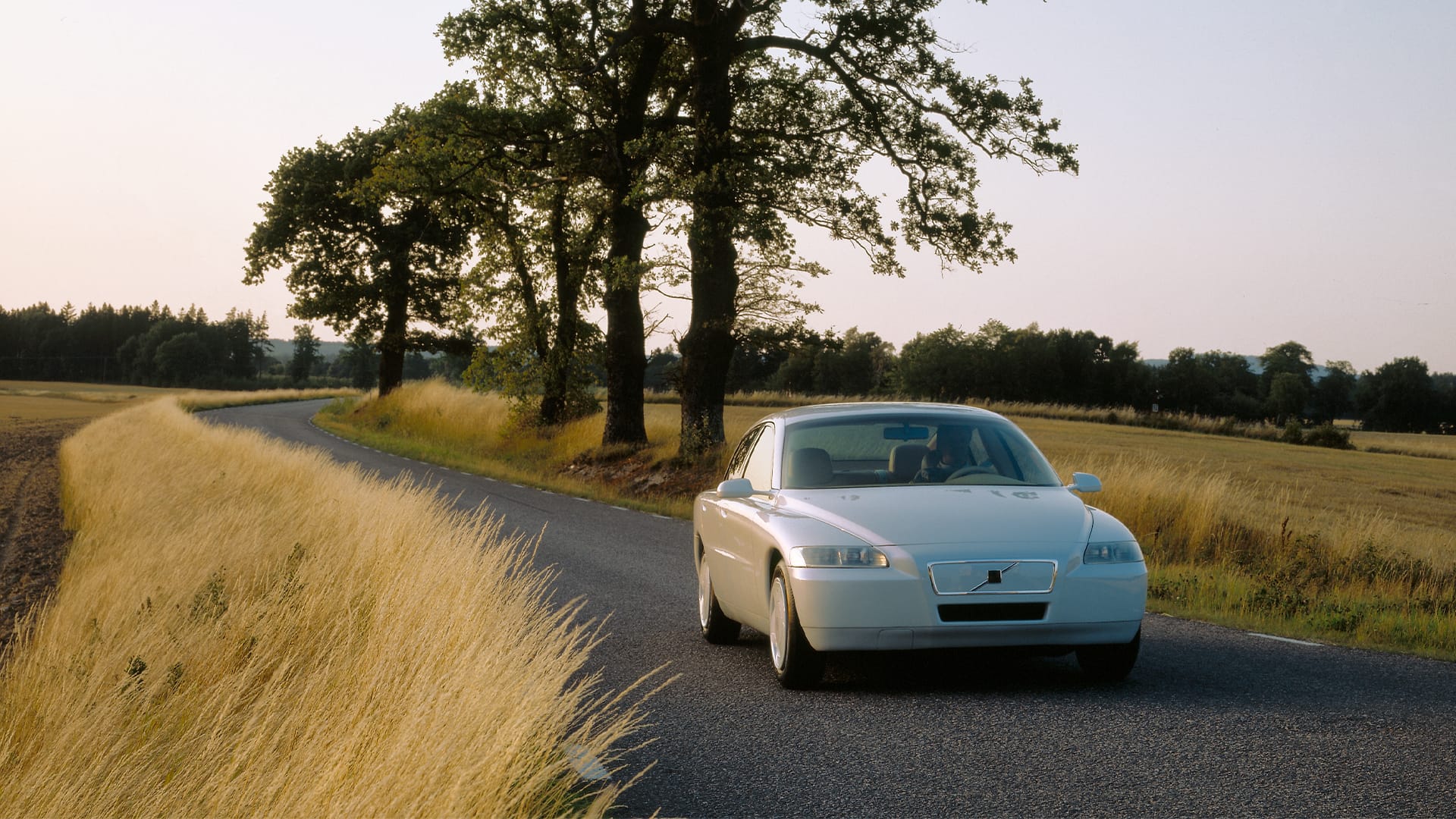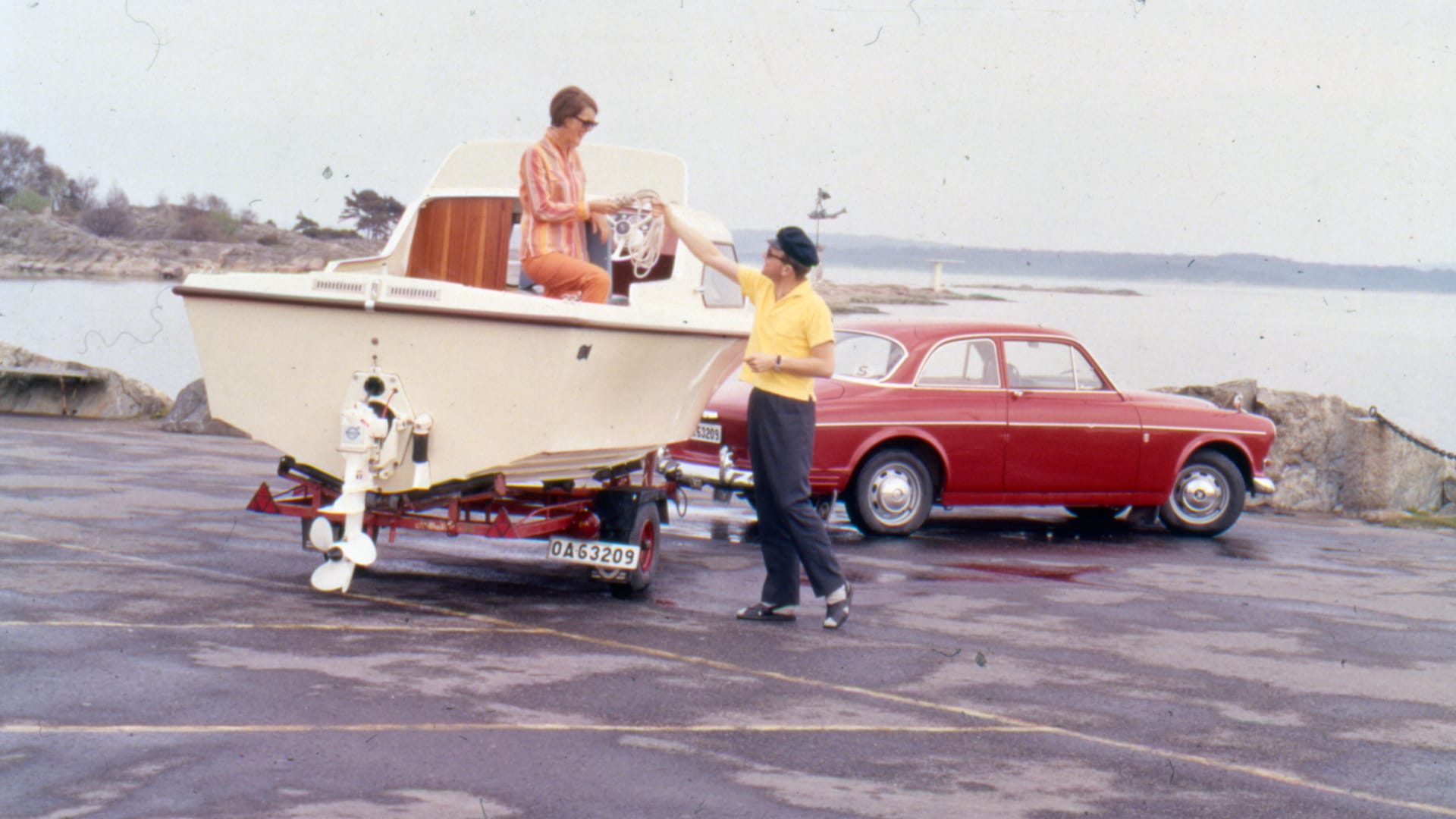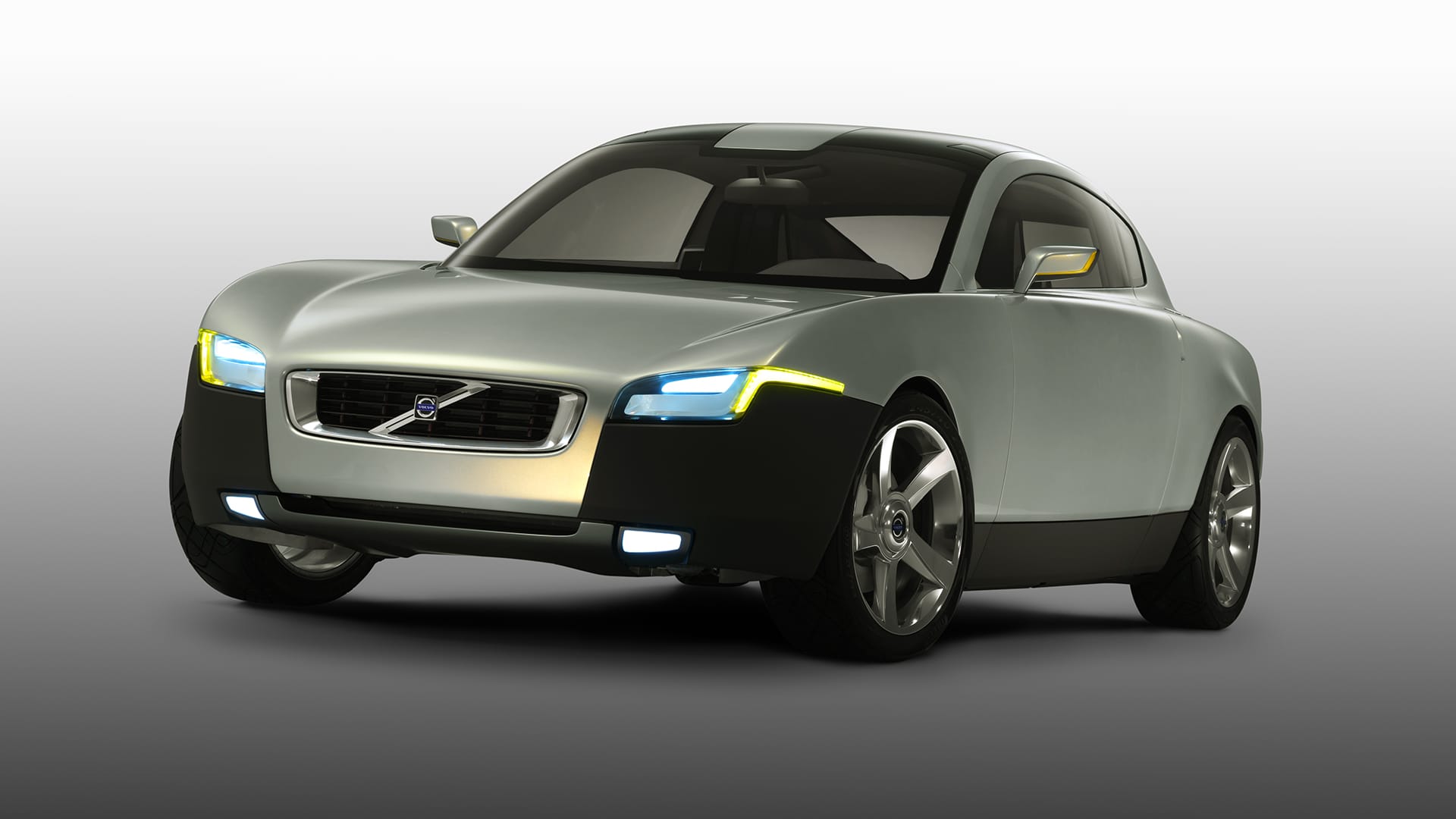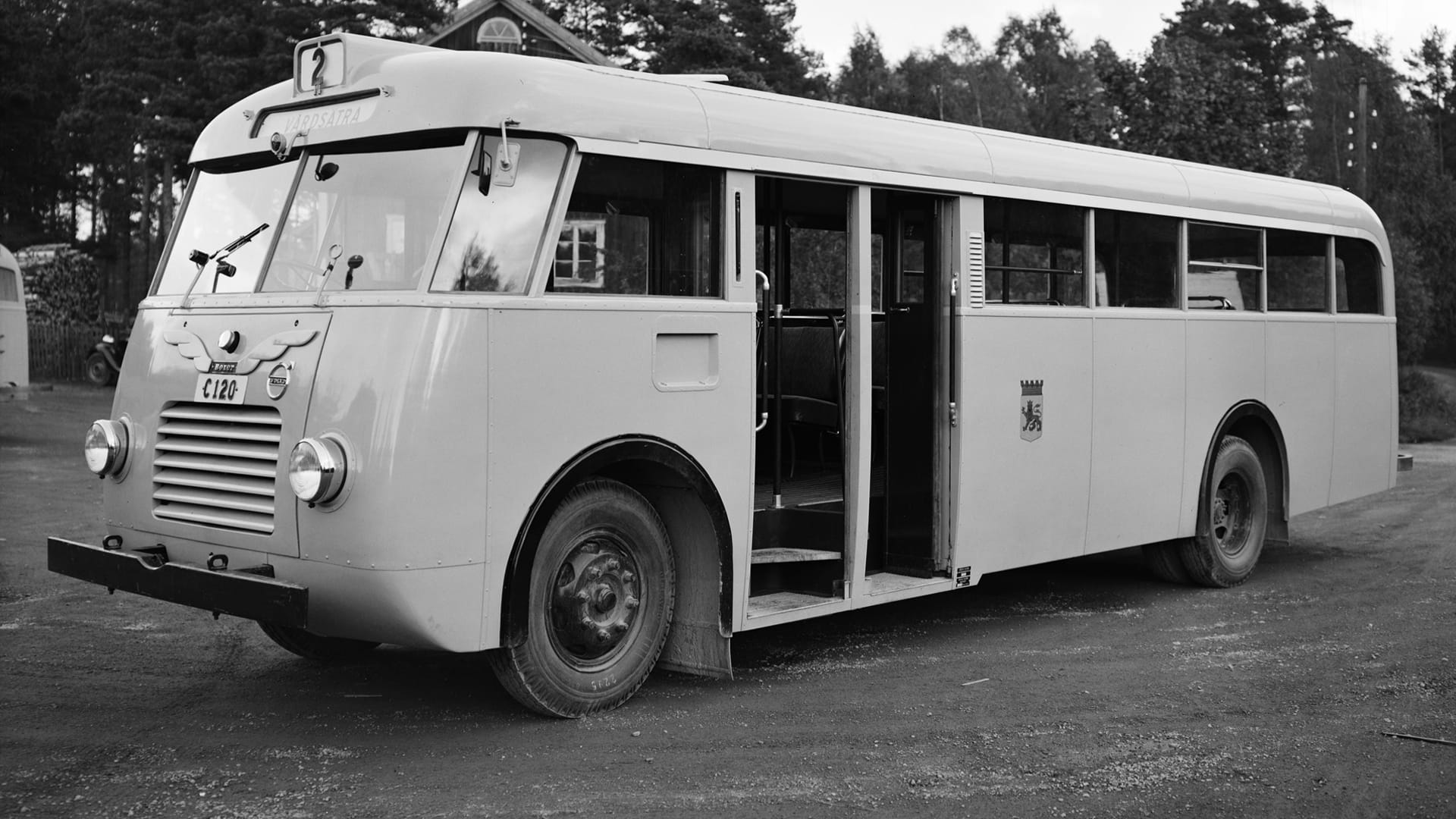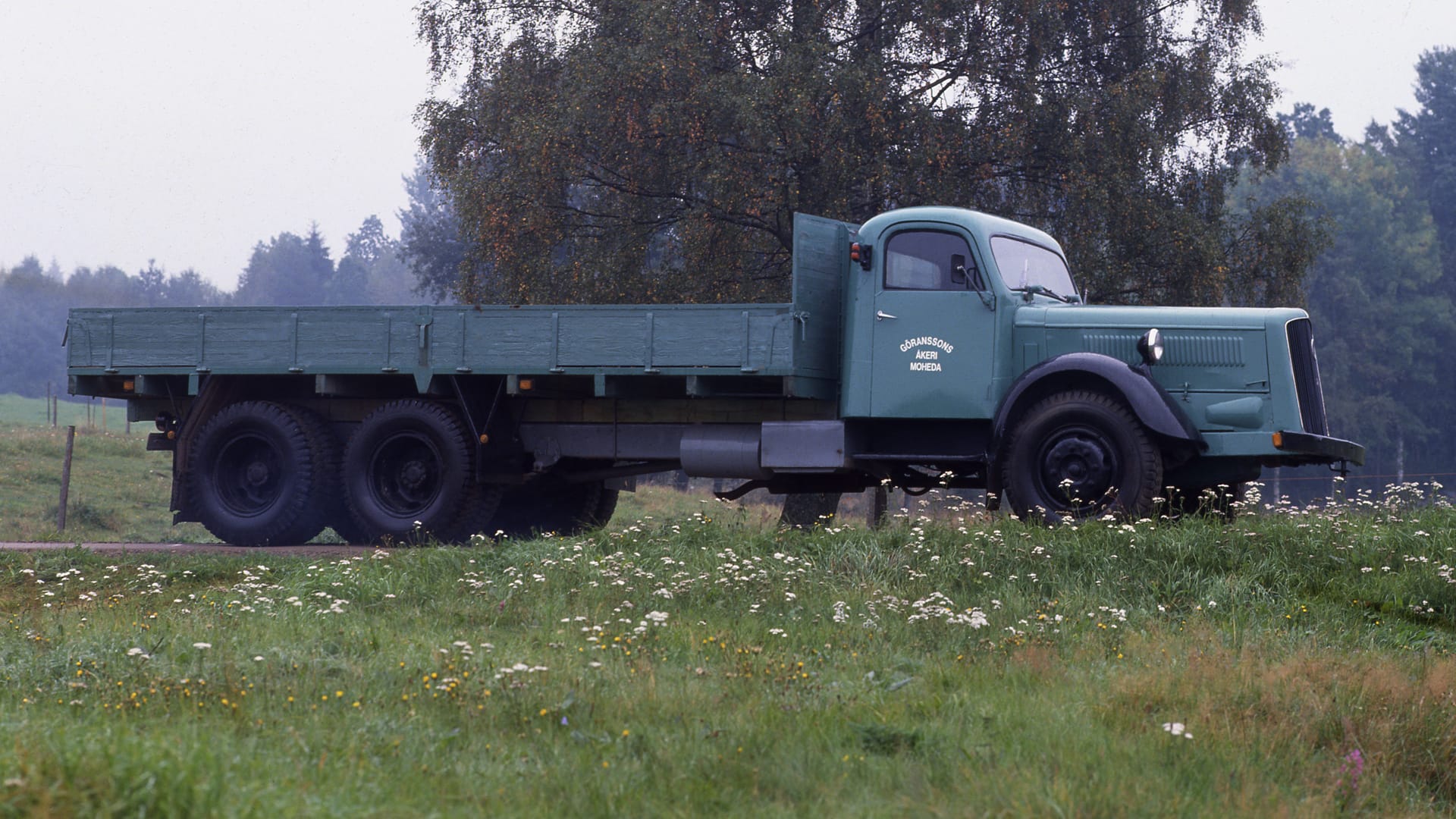Volvo LV4 Truck

A pioneer
In June 1928, Assar Gabrielsson holds a dramatic meeting before Volvo's board of directors. He presents four alternatives for the future, one of which is the closure of the company. The sales of the first passenger car, ÖV4, have not met expectations.
The key to survival becomes the first truck, the LV Series 1 (also known as LV4). The truck is based on the ÖV4 with the same 28 horsepower gasoline engine but with a reinforced chassis. The drawings are completed six months before the ÖV4 premieres.
A series of 500 trucks begin selling in February 1928, selling out in just over half a year. Another series is built, some of which are sold to Finland, making it Volvo's first export market.
The drawings for the first truck are made in 1925 by Volvo's first employee, engineer Henry Westerberg. He also participates in the preparatory work for the first car ÖV4, at Gustaf Larson's nursery at home.
Early truck plans
It is likely that Assar Gabrielsson and Gustaf Larson initially plan for the production of trucks as well, something that secures Volvo's continued operations for many years. Assar Gabrielsson's promise to the financier SKF – to sell thousands of cars during the first year – is not fulfilled, and the company's survival is at risk. From the years leading up to the 1950s, Volvo manufactures more trucks than passenger cars.
Robust construction
The very first model, LV Series 1, is technically based on the ÖV4 passenger car but has a stronger chassis, built with two different wheelbases: 3.3 and 3.7 meters. According to the initial drawings, the payload capacity is 1,500 kilograms, but the construction is so robust that many load considerably more – sometimes up to twice as much. The 28 hp engine, like the three-speed gearbox, is borrowed from the ÖV4 and they are manufactured in Skövde and Köping, respectively.
Listening to criticism
LV4 becomes a success despite some customers complaining about the weak driveline. However, most truck buyers are less demanding in terms of engine performance than buyers of passenger cars. The Series 1 trucks reach a top speed of 40-50 km/h at best – when unloaded. To facilitate driving, the gear ratio in the rear axle is changed. Another source of irritation for many customers is the narrow track width, 130 cm, the same as in the ÖV4. This causes problems on roads with tracks from horse-drawn wagons, which have a longer distance between the wheels, around 150 cm.
Cabless chassis
When Series 2 is introduced in October 1928, the track width is increased to 146 cm, and a year later, the four-cylinder engine is replaced with a six-cylinder engine producing 55 hp, officially raising the payload capacity to two tons. As was customary at the time, the truck is delivered without a cab. Volvo offers a standard cab from the independent body manufacturer Åtvidaberg, which also makes bodies for passenger cars. However, it is more common for the customer to want to choose the cab according to their own preferences, and there are plenty of independent manufacturers who can assist.
Satisfied customer
The only heat in the cab comes from the engine. The price for the variant with a short wheelbase is 4,450 kronor, but that is without a cab and flatbed. The very first buyer of the Volvo LV Series 1 is Johan Sjöberg in Sunne, who writes a letter to Volvo expressing his satisfaction:
The undersigned, having purchased one (1) Volvo Truck (No. 2 released from the factory) for timber and other heavy transport, hereby certifies that the vehicle exceeds our wildest expectations. The chassis is sturdier and wider than on other trucks of the same size. Based on the experience we have gained, we can thus recommend Volvo's truck to anyone who desires an economical, durable, fast, and above all, powerful truck, as in our opinion, no truck previously manufactured combines these qualities to such a high degree as Volvo.






